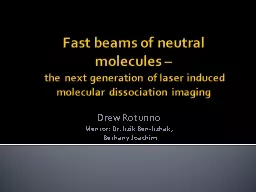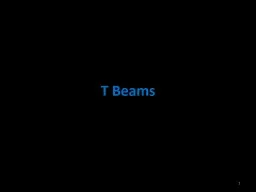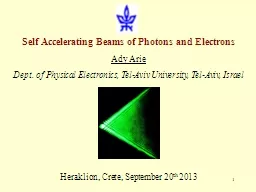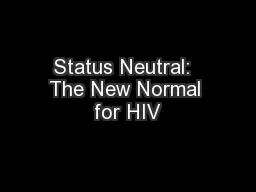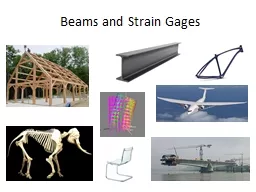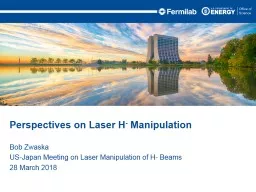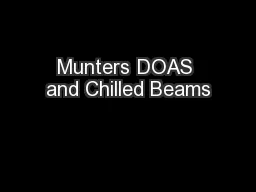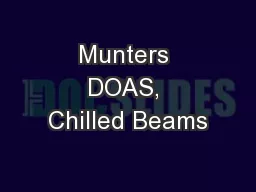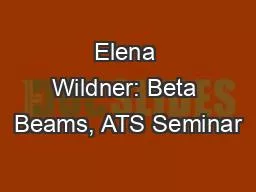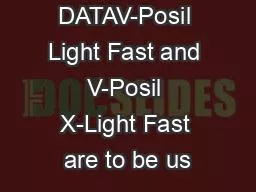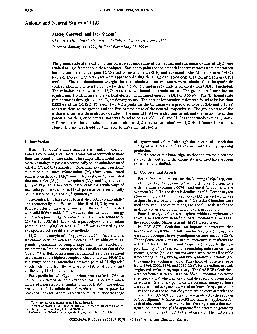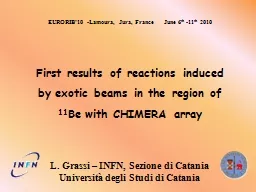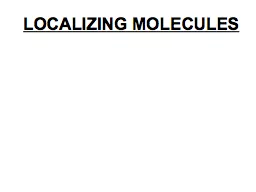PPT-Fast beams of neutral molecules
Author : ginocrossed | Published Date : 2020-06-23
the next generation of laser induced molecular dissociation imaging Drew Rotunno Mentor Dr Itzik Ben Itzhak Bethany Joachim Motivations AMO Atomic and Molecular
Presentation Embed Code
Download Presentation
Download Presentation The PPT/PDF document "Fast beams of neutral molecules" is the property of its rightful owner. Permission is granted to download and print the materials on this website for personal, non-commercial use only, and to display it on your personal computer provided you do not modify the materials and that you retain all copyright notices contained in the materials. By downloading content from our website, you accept the terms of this agreement.
Fast beams of neutral molecules: Transcript
Download Rules Of Document
"Fast beams of neutral molecules"The content belongs to its owner. You may download and print it for personal use, without modification, and keep all copyright notices. By downloading, you agree to these terms.
Related Documents

